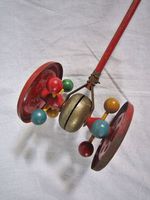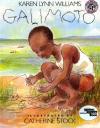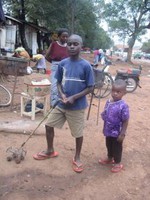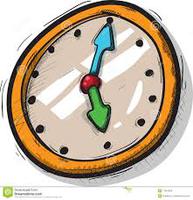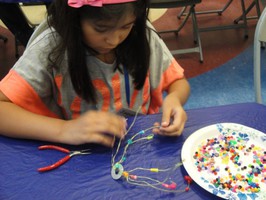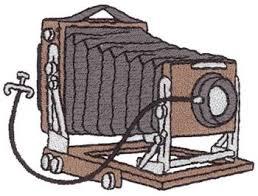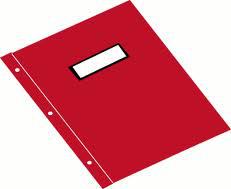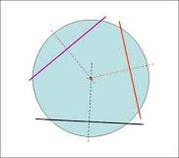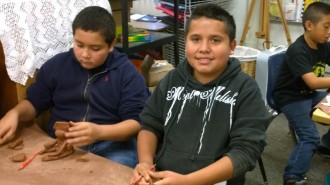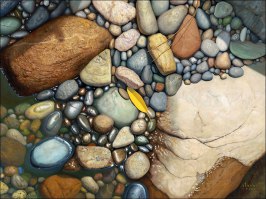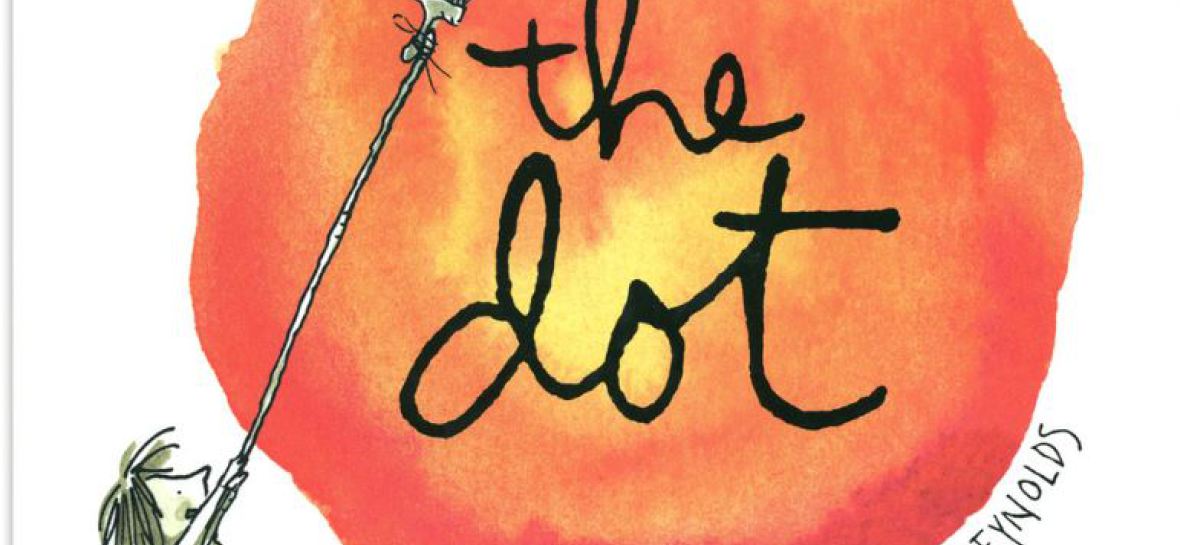

Artful Galimotos
Art Integrated Lesson
How does one child's quest to find scraps to make a toy in a village in Africa help us see our environment and ability to create art in a new way?
"Reading Rainbow" shares the story "Galimoto"
Lesson Plan Description
"Artful Galimoto," explores innovation, creativity, recylcling, persistence and multi-clultural life styles. Galimoto means "car" in Chichewa, the national language of Malawi. It is also the name for a type of push toy made by children with recyled wire and materials. Through reading "Galimoto," by Karen Willems, students will view the circumstances of Kondi, a seven-year-old boy living in Malawi, Africa. Kondi goes on a quest for wire within his village so he can make his galimoto. Students will reflect upon their circumstances living in the United States and ponder how does making a toy compare to buying or being given one? What are the connections between their lives and Kondi's?
Content of lesson Integrates Visual Art, Social Studies, Science, & English Language Arts 3rd -12th Grades
*Note 5th Grade CA CC & National Standards for VA are shared here
Literacy & Visual Art Standards
W7
Conduct short research projects that use several sources to build knowledge through investigation of different aspects of a topic.
W9
Draw evidence from literary or informational texts to support analysis, reflection, and research.
RI2
Determine two or more main ideas of a text and explain how they are supportedby key details; summarize the text.
RI3
Explain the relationships or interactions between two or more individuals, events, ideas, or concepts in a historical, scientific, or technical text based on specific information in the
text
Visual Arts/Creating
VA:Cr 1.1 Process Component: Investigate,Plan, Make
Anchor Standard: Organize and develop artistic ideas and work.
VA:Cn 10.1 Process Component: Interpret
Anchor Standard: Interpret
and relate knowledge and personal experiences to make art.
VA:Cn 11.1 Process Component: Synthesize
Anchor Standard: Relate artistic ideas and works with societal, cultural, and historical context to deepen understanding.
VA:Re 7.2 Process Component: Perceive
Anchor Standard:Perceive and analyze artistic work.
Essential Questions
How does engaging in creating art enrich people's lives?
How does making art attune people to their surroundings?
Learning Objectives (SWBAT)
Students will be able to refer to details and examples in a text when explaining what a text says and when drawing inferences from it.
Students will be able to summarize the main idea of a text and explain how it is supported by
key details.
Students will be able to describe the overall structure (e.g., chronology, comparison, cause/effect,
problem/solution) of events, ideas, concepts, or information in a text or part of a text.
Students will be able to engage in short research projects that build knowledge through investigation of
different aspects of a topic.
Students will be able to organize and develop artistic ideas and work.
Students will be able to synthesize and relate knowledge and personal experiences to make art.
Students will be able to relate artistic ideas and works with social, cultural, and historical context to deepen understanding.
Students will be able to perceive and analyze artistic work as part of self-reflection.
Materials
The book, Galimoto, by Karen Lynn Williams
Art Materials: found objects like:
bottle caps, wires, coat hangers,various grades of wire, pipe cleaners, various tin cans, boxes, material scraps, paper scraps, broken toy parts, beads, sticks. paired cable salvage ends from phone company
Tools: hammer, wood block to hammer upon, awl, thick barbeque sticks, hot glue and glue gun,
Other: sketch paper, graph paper, pencils,colored pencils, notebooks, digital camera for recording process, and at least one computer.
Vocabulary
- Visual Art:
- Elements of Art: Line, Shape, Form, Color, Value, Space, Texture
- Geometric
- Organic
- Two-dimensional
- Three-dimensional
- Sculpture
- Found Object
- Innovation
- Imagination
- Literacy:
- Literary elements, including characters, setting, plot, and theme
- Instructional Writing
- Author’s Purpose
- Sequence
- Social Studies and
Geography:
- Continent
- Country
- Malawi
- Africa
- Poverty
- Survival
- Economics
- Environment, Ecology, &
Science:
- Recycle
- Salvage
- Reuse
- Push/Pull Forces
- Simple Machines
Activity One: Quick Write
Writing Prompt:
What would you do for a toy if all of yours disappeared and you had no electricity? Write quickly for 7 minutes explaining what toy you could make and explain how you would do it? After students write, have them reread it to themselves out loud softly as a rehearsal before placing them in small groups. Then forming either partners or groups of four, students can then read to each other. Each group decides which should be read aloud at author's chair time.
Activity Two: Predicting & Searching for Main Idea inText
Introduce the book Galimoto, by Karen Lynn Williams, by showing the cover and reading the title. Ask students to guess what a galimoto might be and what the book will be about. Students should jot down predictions in their journals. Read first and last paragraph to the students and have them revise their predictions and jot that down too. Ask them to share with a partner their first and second predictions and explain how it did or did not change. Then Introduce the students to the main character seven year old Kondi, his village, and Kondi's quest.
Read the story aloud to students regardless of age and have them create a story map with words or images recording literal facts: who, what, where, when, why and how. An alternative to reading aloud would be to watch Reading Rainbow's episode on Galimoto and meet an artist who sculpts with wire.
Let the students know that they will get to create their own galimoto.
See Karen Williams' teacher guide for wonderful discussion starters.
Activity Three: Science Behind Simple Machines
How will you make that galemoto move? Push or Pull? Which Force?
Because this unit is being completed close to the holdidays this video is just the best.
Activity Four: Process Component
Investigate, Plan, Make
Sort through the bens of found objects, think how you might use them to create a toy. Sketch four ways to create a toy with the selected objects. Choose the one sketch you would like to take from two dimensional to three. Then decide how you will make it move. What is force- push or pull? How will you make your toy move?
Now think back to "Galimoto." What was the "emotional force," that made Kondi move forward on his quest. Was it something pushing him or pulling him? What is making you go forward on this creative quest of making a Galimoto?
Informational Writing & Narrative
<< New heading >>
If there is another student needing inspiration to create their toy, could you give them step by step directions to make your toy? As you create outline the steps you take, complete with meaurements and images. Photograph your experience. Create a power point or a Prezzi presentation explaining your process. Include how you felt about it. Make comparisons between your enviorment and experience with Kondi's. Conclude with a self reflection
Activity Five: Write An Artist Critique
You are an art critic come to view the "Artful Galimoto." Write an opinion piece that explains what makes this toy made from scrap artistic. Discuss the use of art elements and principles of design. Describe the overall feeling of the work of art. Does it look fun, cheerful, imaginative, surprising? What is it about the galimoto that you see, that makes you feel that way?
Step 1: Draw a chord across the circle.
Draw a line across the circle near the edge so it cuts the circumference in two places
Step 2: Find the midpoint of the chord.
Draw a line perpendicular to the chord, half way along
its length
Step 3: Repeat step 2 for another chord
Step 4: Use more chords for accuracy
-
-
How to find the center of a circle - Instructables
www.instructables.com/id/How-to-find-the-center-of-a-circle
Artful Teaching
Mrs. Schellenberg & Young Artists
Ralph Waldo Emerson's Poem: Success- to leave the world a bit better, whether by a healthy child, a garden patch or a redeemed social condition; To know even one life breathed easier because of you.
Thank you AT&T
We used the wiring for our artful galimotos

